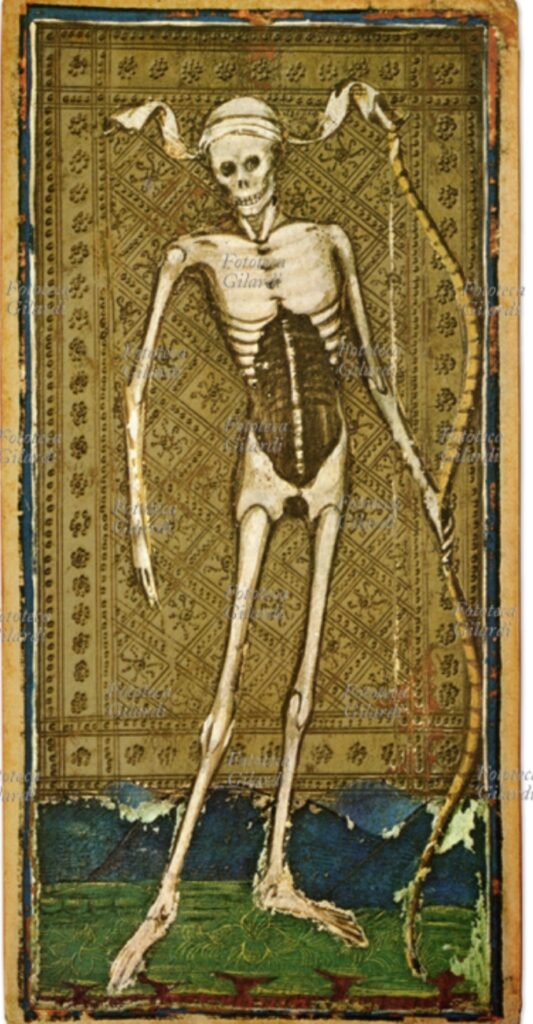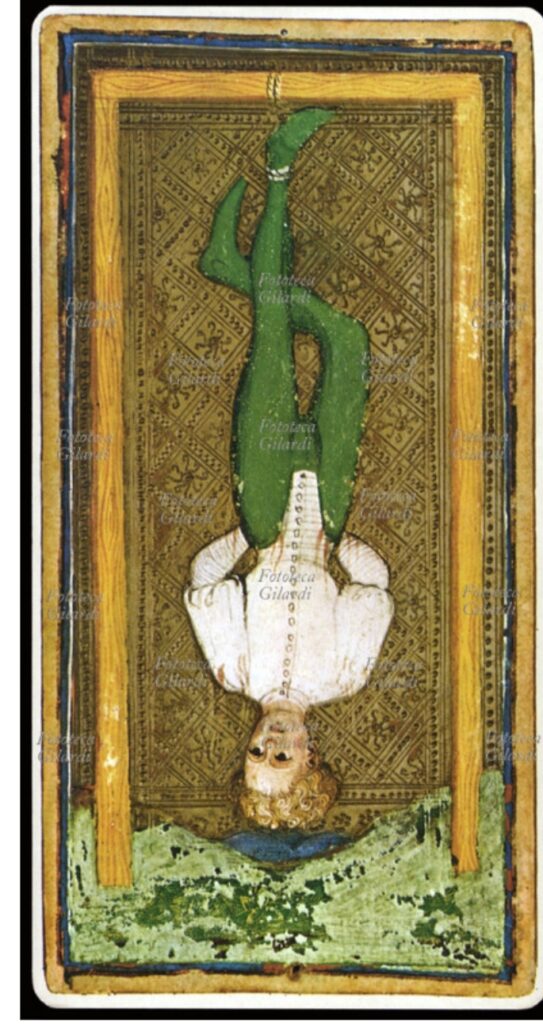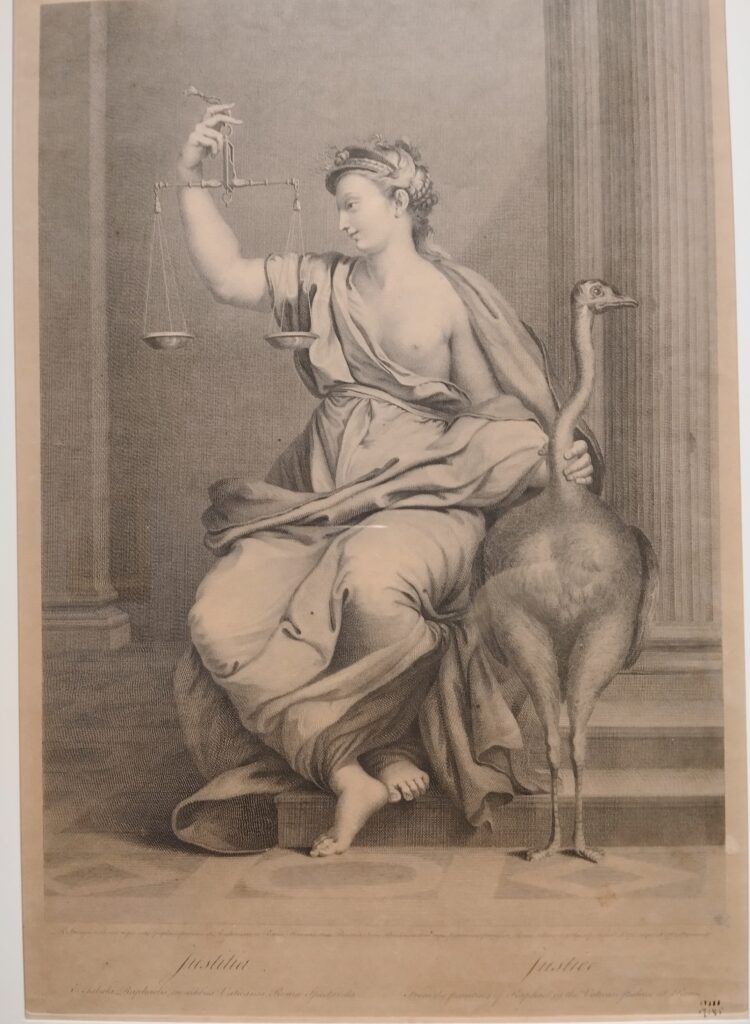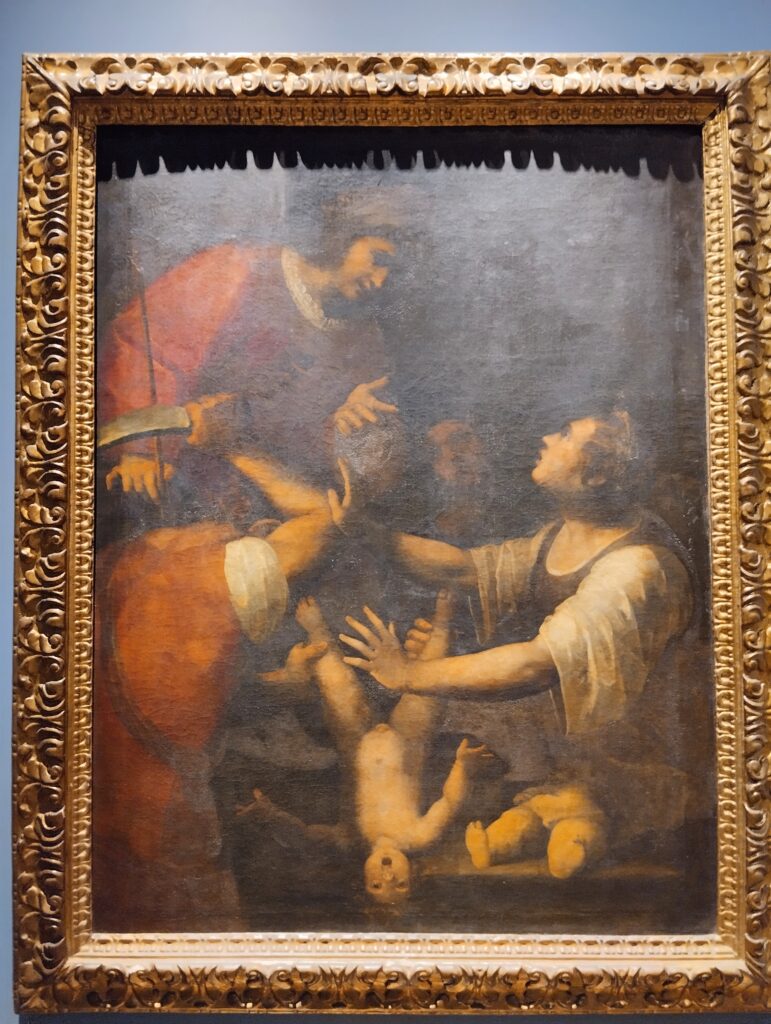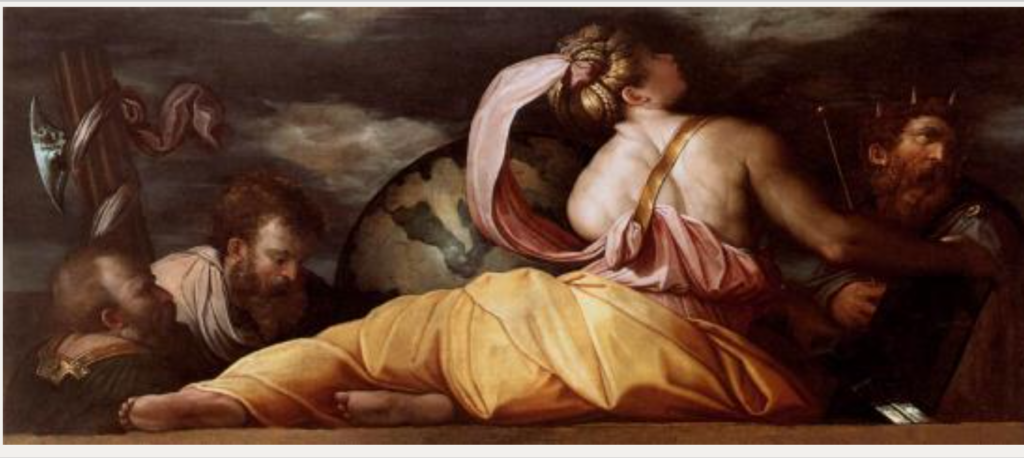
Imago Iustitiae is the title of an exhibition at the Correr Museum in Venice dedicated to the iconography of justice throughout the centuries.
Until 22 October, some images of justice and its representations in past centuries and in the present (living artists such as Ai Weiwei) will be on display within the usual itinerary of the Correr Museum. The exhibition is curated by Marina Mattei in collaboration with the Interregional Corpo della Guardia di Finanza, in particular with regard to works of art stolen and subsequently recovered by the Guardia di Finanza.
Part of the exhibition is dedicated to Venice and the Correr collection: the medals printed for the Doges Francesco Loredan and Andrea Gritti are on display, as well as the ballot box of Venice, together with engravings and canvases of various origins. Some of them are in public museums (Gallerie dell’Academia of Venice, Musei Civici Eremitani of Padua) or private collections. The exhibition includes paintings from the sixteenth to the nineteenth centuries that are very interesting or have never been exhibited in Venice.
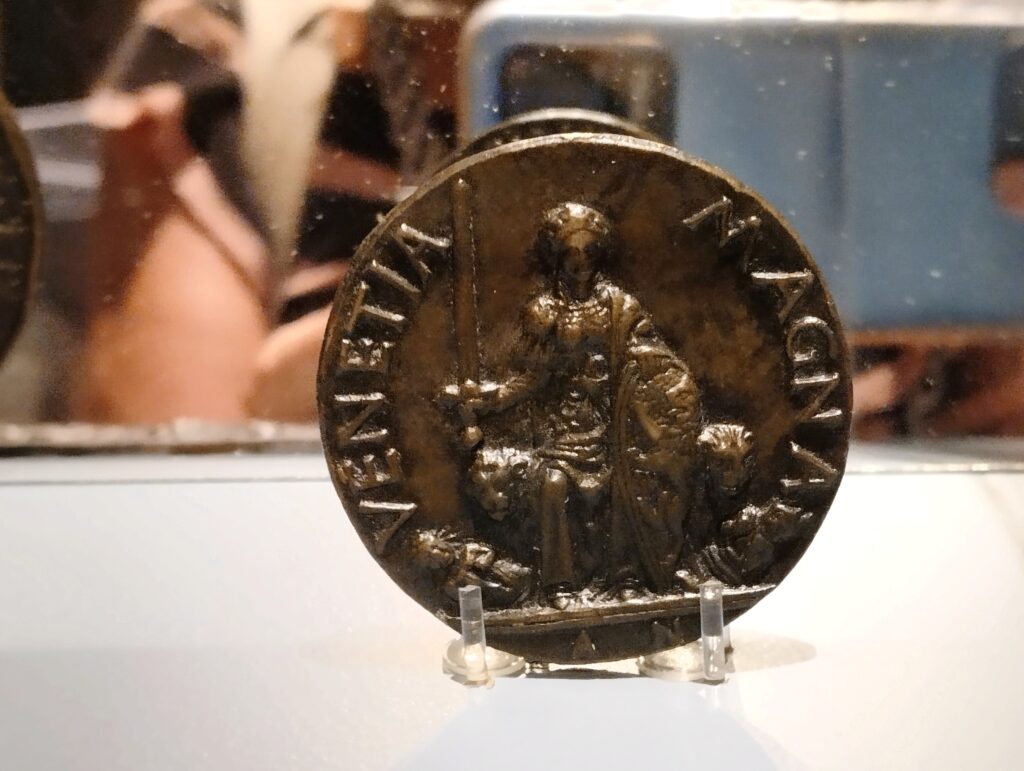
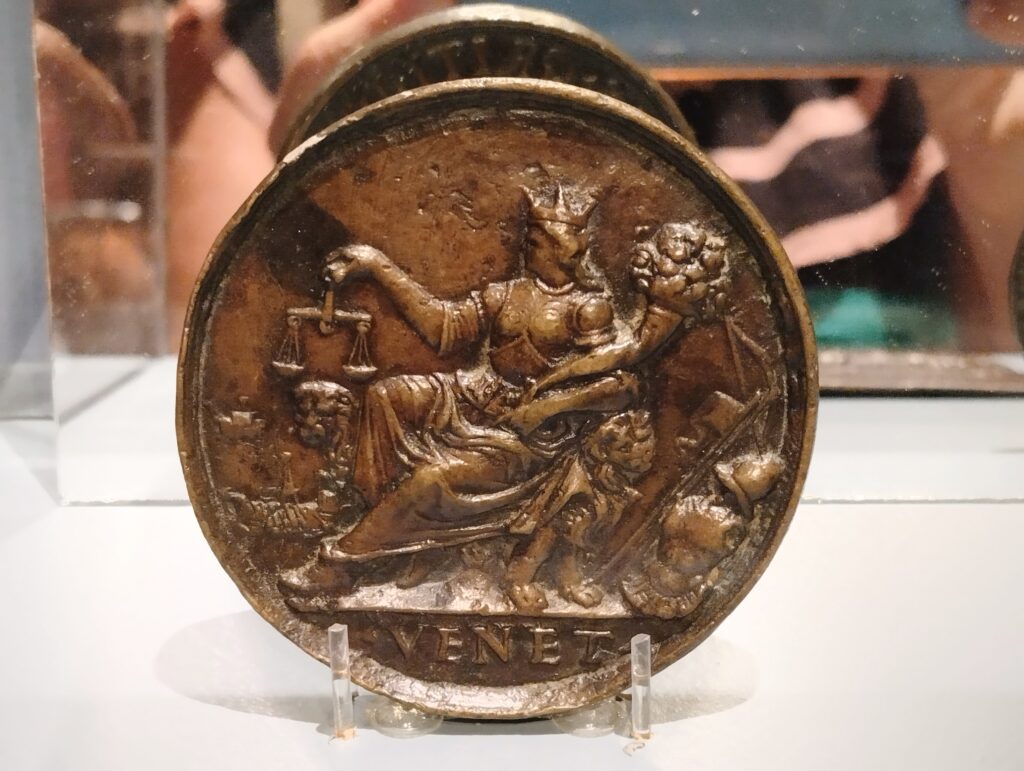
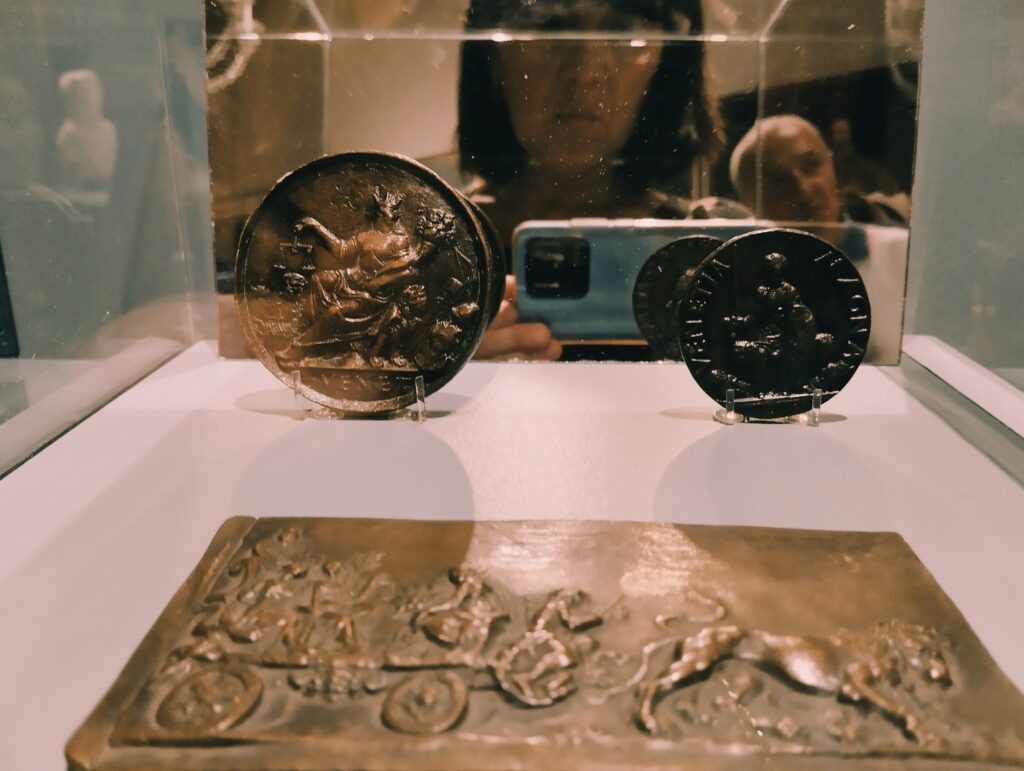
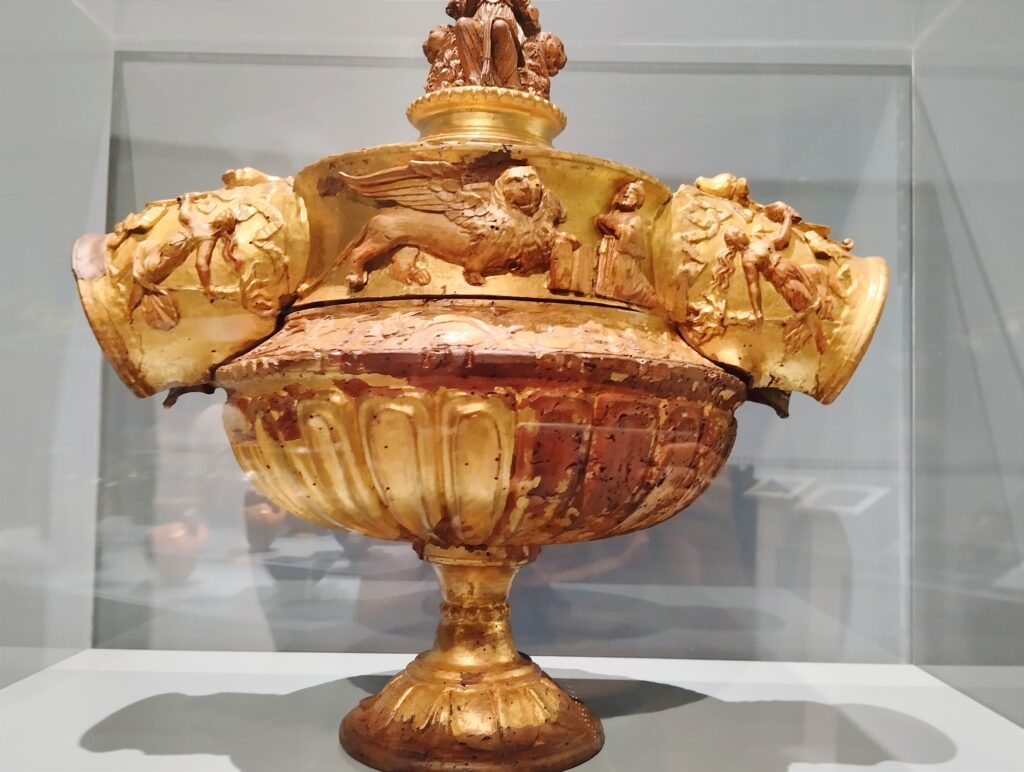
The Tarot card
While in San Giorgio Maggiore are on display the photographs of the modern Tarot Cards, taken by the photographer Pino Settanni (here is the link to my article: Tarot Cards and Art), in the Correr Museum a display case is hosting, on the occasion of this exhibition, the cards of the Visconti Tarots, also known as the Colleoni Tarots, named after one of its last owners.
The Visconti Tarots were created in the 15th century with tempera on cardboard, at a time when playing with these cards was quite common at the elegant courts.
In the past, the work was attributed to the Cremonese painter Bonifacio Bembo and his workshop (Roberto Longhi), as well as to the painter Francesco Zavattari (Giuliana Algeri). At present, art historians tend to attribute them to Bonifacio Bembo from Cremona. Around 1480, the painter Antonio Cicognara integrated the cards.
This deck of cards is currently divided into three collections: the Carrara Academy in Bergamo (26 cards), the Pierpont Morgan Library in New York (35 cards), and a private collection in Bergamo (13 numbered cards).
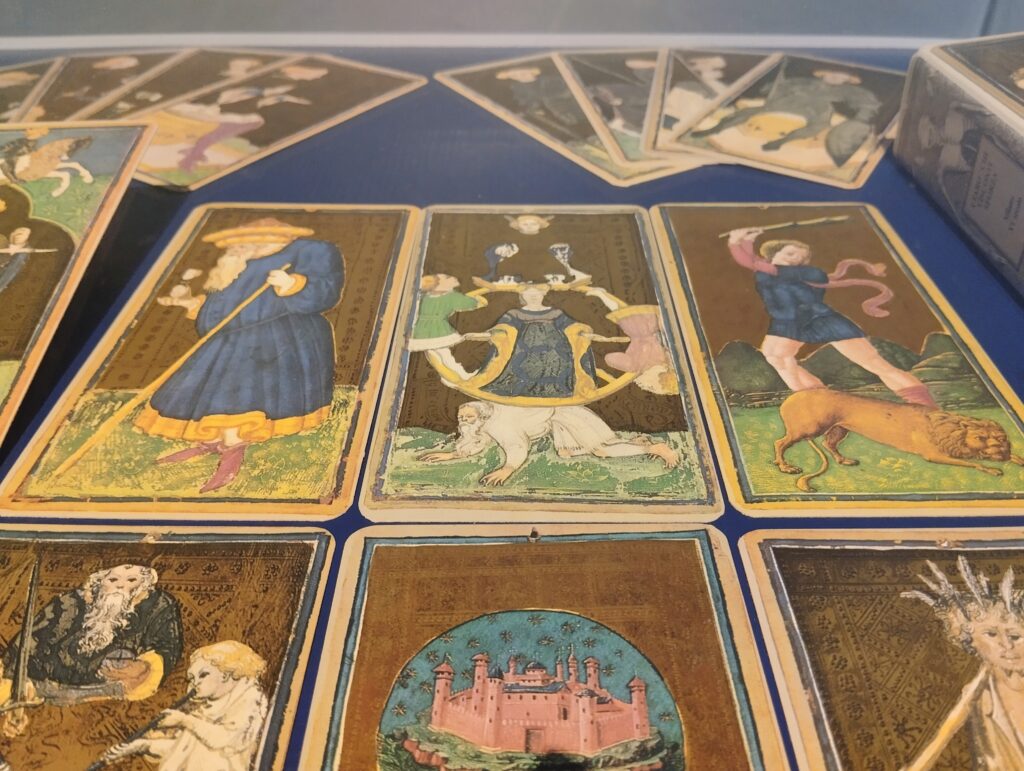
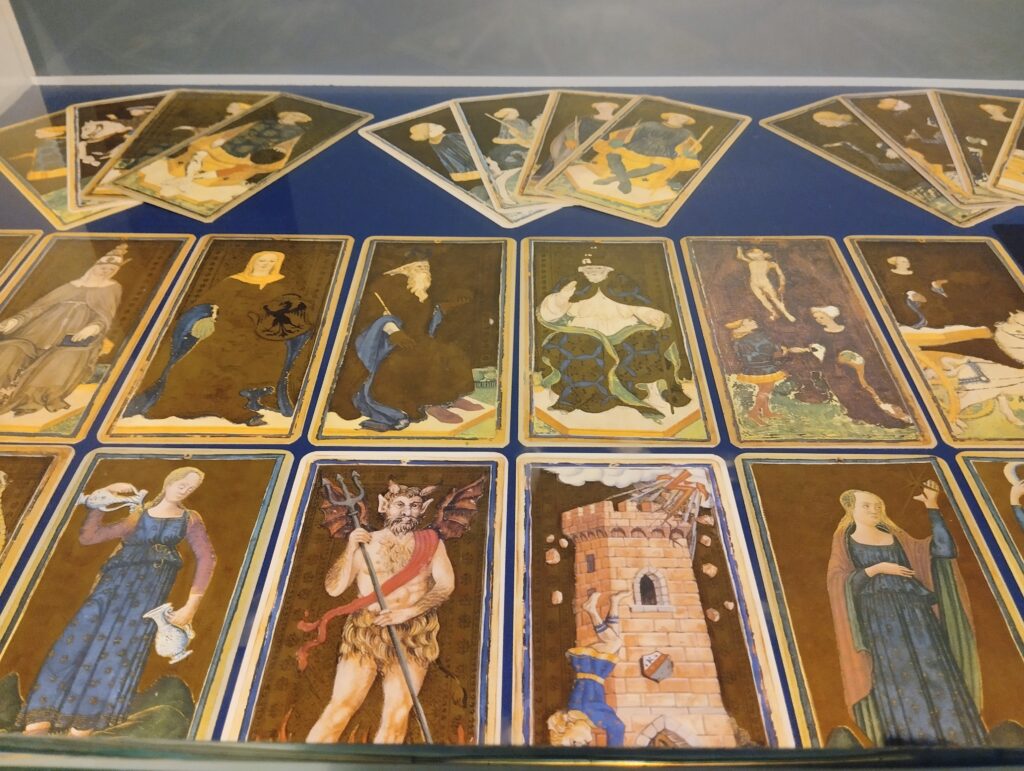
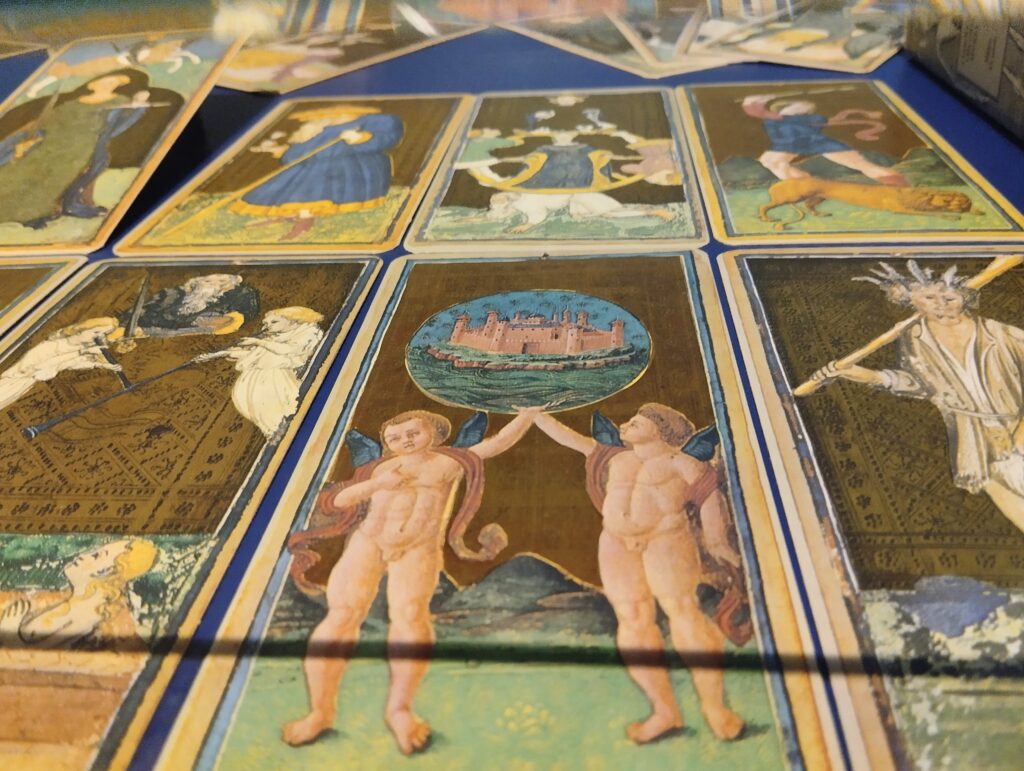
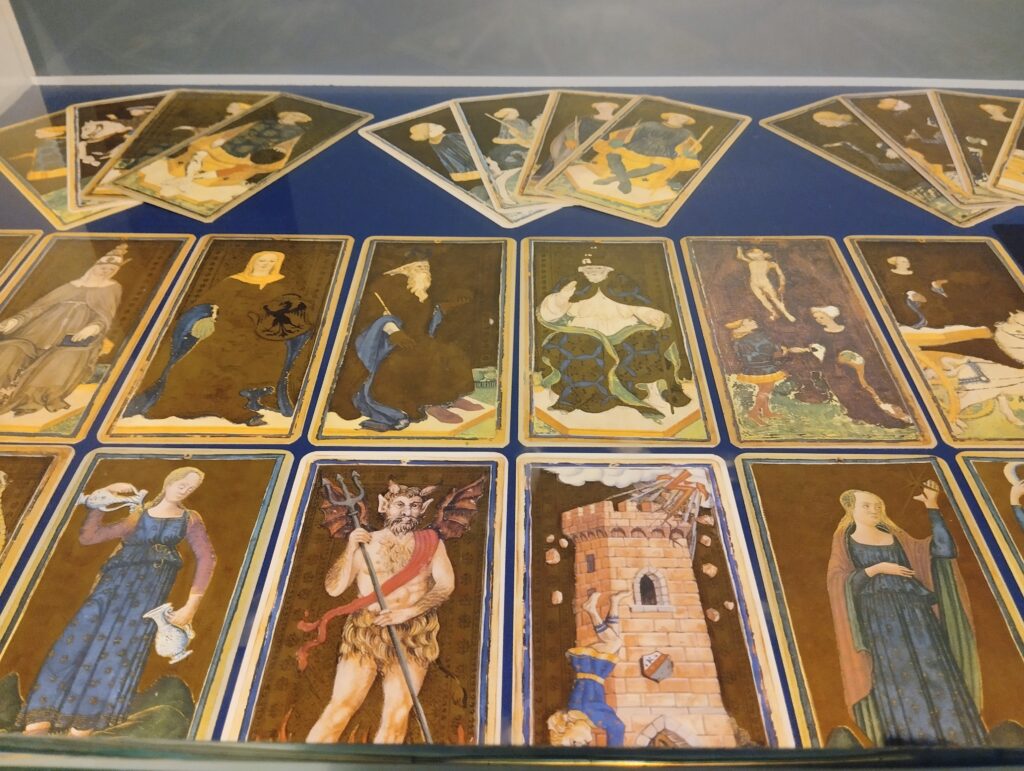
The motif of the radiant sun is often repeated on the cards. This was one of Giangaleazzo Visconti’s symbols, also present in a stained-glass window in the Cathedral in Milan. Many other symbols adopted by both the Visconti and the Sforza are represented on the card, such as the dove, the crown with the laurel, and the palm.
The symbol of the three crossed rings was adopted exclusively by Francesco Sforza.
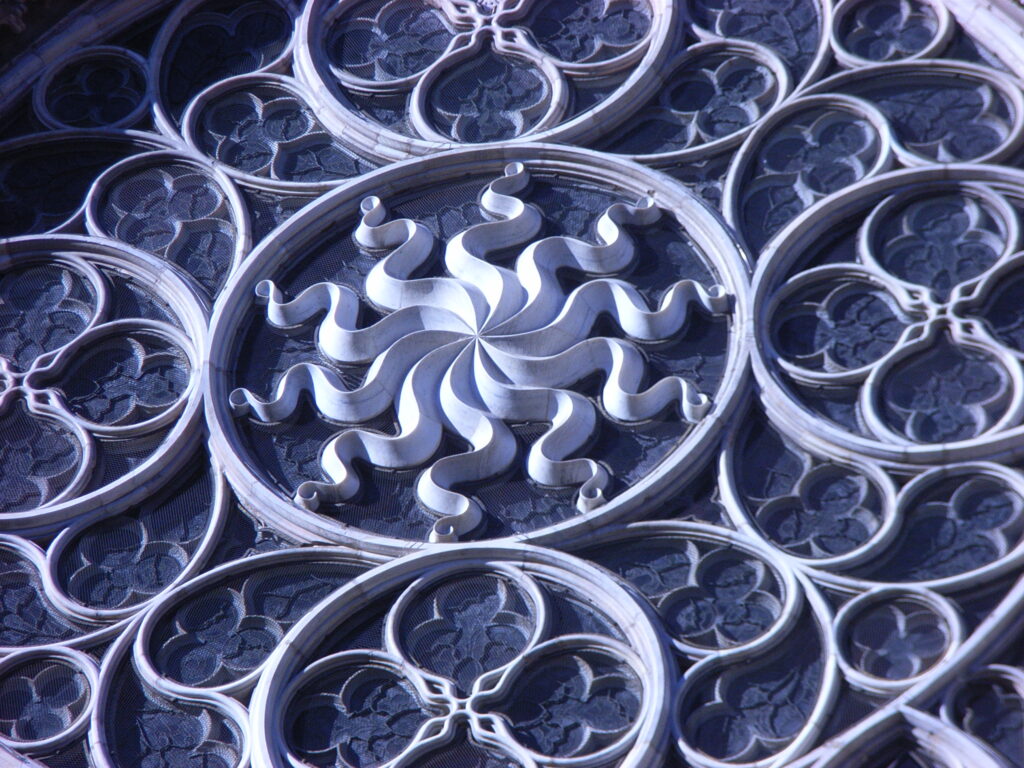
The donation
Through bequests, the Visconti Tarot came into the possession of Count Alessandro Colleoni, who gave twenty-six cards from his deck to Count Francesco Baglioni in exchange for some paintings.
Fortunately, after Baglioni’s death in 1900 these cards, together with the rest of his collection, arrived at the Carrara Academy. Thanks to this bequest, they can now be admired – temporarily – in Venice and in the permanent collection of the Accademia Carrara in Bergamo.
Fiorella Pagotto
My link in Italian: I tarocchi nell’arte 2
